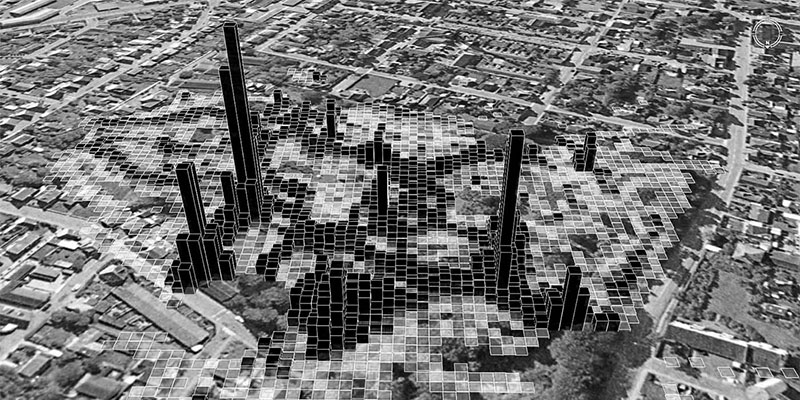Experiences with GPS in Denmark
Downloads
DOI:
https://doi.org/10.7480/rius.1.197Abstract
Very little scientific research based upon GPS tracking in a Danish context has been conducted and up until the present, no research at all has included comprehensive GPS tracking of human activity (cf. Jensen & Guldager, 2005; Jensen, 2003). There is therefore a need for explorative studies evaluating different tracking hardware and methodological set-ups and identifying various difficulties that may arise during data collection. From 2003 up to the present, the Diverse Urban Space (DUS) research project has conducted various experiments with the use of GPS tracking as a survey instrument relevant to urban planning. This work has involved cases including the simple testing of equipment and both small and large scale surveys.
This chapter will first provide a concise overview of the different surveys and tests conducted within the DUS and briefly explain the main methodological experiences. Hereafter, a specific case in which GPS technology is applied to track the movements of park visitors will be dealt with in more detail with regards to the methodological set-up, results and applied hardware.
in addition to the explanation of the general surveying technique and the results, one park in particular is used to illustrate a simple analysis of how Google Earth may be used in connection with real time visualisation undertaken on the basis of GPS tracking. Lastly, conclusions drawn from the park surveys and a number of more general conclusions on the basis of various other surveys are provided.
How to Cite
Published
Issue
Section
License
Copyright (c) 2008 Henrik Harder, Peter Bro, Nerius Tradisauskas, Thomas Alexander Sick Nielsen

This work is licensed under a Creative Commons Attribution 4.0 International License.
References
Hovgesen, H.H.; Nielsen, T.A.S.; Lassen, C.; Godtved, S., (2005) The potential for the exploration of activity patterns in the urban landscape with GPS-positioning and electronic activity diaries. in: international conference for integrating urban knowledge & practice: Conference proceedings, Life in the Urban Landscape, Gothenburg, Sweden, May 30 – June 4, 2005
Jensen, F.S. and Guldager, S. (2005) Den rekreative brug af tre parker i Københavns Kommune – Enghaveparken, Fælledparken og Amager Fælled, 2003-2004, Københavns Kommune, Copenhagen, available at http://www.vejpark2.kk.dk/ publikationer/pdf/408_kbH_rapport_netversion.pdf, accessed 24 July 2008
Jensen, F.S. (2003) Friluftsliv i 592 skove og andre naturområder, Skovbrugsserien nr. 32, Skov & Landskab, Hørsholm, available at http://www.sl.kvl.dk/Videnblade/%7bDDa1c2bF-baE9-4a9a-8c76-622a53D64F08%7D.pdf
Kjærsgaard, R., Hovgesen, H.H., Nielsen, T.A.S. and Lassen, C. (2006) Unges mobilitets- og aktivitetsmønstre: undersøgelse baseret på GPS registrering og web-dagbog. Paper presented at Trafikdage på Aalborg Universitet, Aalborg, Danmark. 28. - 29. Aug. 2006.
Ostermann, F. and Timpf, s. (2007) Modelling space appropriation in public parks, Proceedings of the 10th AGILE International Conference on Geographic Information Science, Aalborg University, Denmark.




